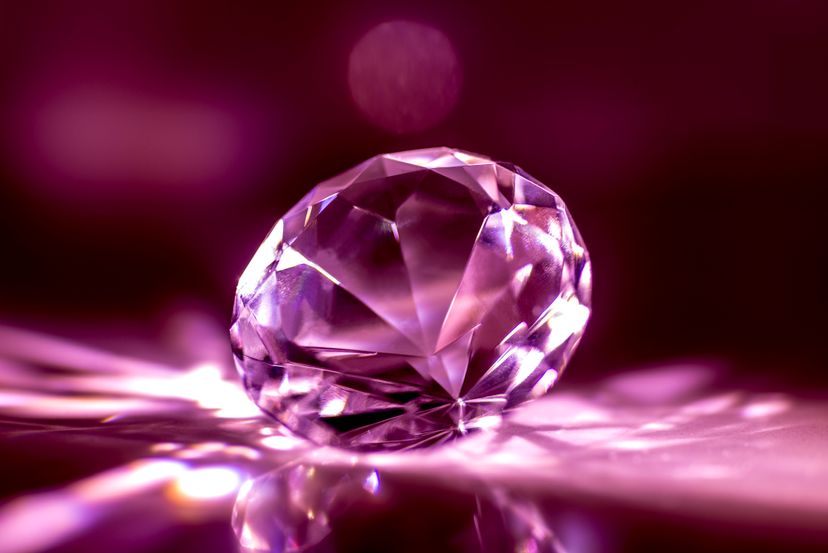Each birthstone carries with it a unique set of symbolic meanings and metaphysical properties. These associations have been shaped by the beliefs and traditions of various cultures throughout history, creating a rich tapestry of significance for the wearer to explore.
January - Garnet
The garnet, with its deep red hue reminiscent of pomegranate seeds, is believed to symbolize trust, strength, and courage. This gem was thought to protect travelers and provide a sense of safety and security to its bearer.
February - Amethyst
Amethyst, the purple-hued birthstone of February, is said to represent royalty, hope, and passion. Historically, this stone was prized by the nobility and believed to guard against the effects of intoxication.
March - Aquamarine and Bloodstone
The March birthstones — aquamarine and bloodstone — each carry distinct meanings. Aquamarine, with its soft blue tones, is associated with tranquility, communication and the calming energy of the sea. Bloodstone, on the other hand, is a dark green gem with red speckles, symbolizing courage and strength.
April - Diamond and Quartz
April is unique in that it boasts two birthstones: the diamond and the quartz. The diamond, with its unparalleled hardness and clarity, is a symbol of everlasting love and the strength to overcome adversity. Quartz, also known as "rock crystal," is believed to amplify and focus the wearer's intentions, promoting clarity and purpose.
May - Emerald
The emerald, the birthstone for May, is a vibrant green gem that represents vitality, growth and wisdom. Historically, this stone was prized by the ancient Egyptians and associated with the Roman goddess of love, Venus.
June - Pearl, Alexandrite, and Moonstone
June is home to a triad of birthstones, each with its own captivating significance. The pearl, a symbol of purity and innocence, was believed to be the hardened tears of the goddess Aphrodite. Alexandrite, a rare gem that can shift in color, is linked to intellect, prosperity, and luck. Moonstone, with its shimmering, opalescent glow, represents the mysteries of the moon and the ebb and flow of emotional transitions.
July - Ruby
The fiery red ruby, the birthstone for July, is a talisman of passion, protection and prosperity. Revered by ancient Hindus as the "king of gems," the ruby was believed to banish sadness and imbue the wearer with heightened vitality and awareness.
August - Peridot
The August birthstone, peridot, is known for its vibrant yellow-green hue and association with the sun's radiant energy. This gem is said to drive away darkness, both from external forces and within the wearer, promoting inner radiance and self-awareness.
September - Sapphire
The September birthstone, the sapphire, is a deep blue gem that symbolizes wisdom, intuition and spiritual power. Historically, this stone was prized by royalty and believed to protect the wearer from harm and negativity.
October - Tourmaline and Opal
October claims two distinct birthstones: tourmaline and opal. Tourmaline, a stone known for its wide range of colors, is associated with self-love, emotional healing and the release of negative patterns. Opal, on the other hand, represents faithfulness, confidence and the protection of the wearer's eyesight.
November - Citrine
The November birthstone, citrine, is a vibrant yellow-orange quartz that symbolizes positivity, new beginnings and the life-giving power of the sun. This stone is believed to promote manifestation, imagination and an overall sense of joy.
December - Turquoise and Blue Zircon
Rounding out the year, December's birthstones are turquoise and blue zircon. Turquoise, with its soothing blue-green hues, is a symbol of wisdom, communication and the protection against harm. Blue zircon, a lesser-known gem, is associated with confidence, clarity and the organization of the mind.
